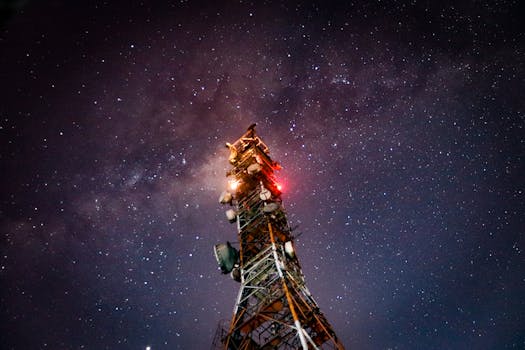
Starlink: Revolutionizing Global Internet Connectivity with Satellite Technology
Starlink, a satellite constellation developed by SpaceX, is poised to revolutionize the way we access the internet. With its ambitious goal of providing high-speed, low-latency internet connectivity worldwide, Starlink is set to bridge the digital divide and transform the way we communicate. By leveraging advanced satellite technology, Starlink aims to deliver fast, reliable, and affordable internet services to even the most remote and underserved communities.
The concept of Starlink was first announced by Elon Musk in 2015, with the initial plan to launch a constellation of 4,425 satellites into low Earth orbit. Since then, SpaceX has made significant progress in developing and launching the Starlink satellites, with over 2,000 satellites already in orbit. The company plans to launch thousands more in the coming years, with the ultimate goal of creating a network of tens of thousands of satellites that can provide global internet coverage.
One of the key features of Starlink is its use of low Earth orbit (LEO) satellites, which are designed to operate at an altitude of around 550 kilometers. This is significantly lower than traditional geostationary satellites, which orbit at an altitude of around 36,000 kilometers. The lower altitude of LEO satellites enables them to provide faster and more reliable internet services, with latency as low as 20 milliseconds. This is comparable to fiber-optic internet services, making Starlink an attractive option for applications that require real-time communication, such as online gaming and video conferencing.
In addition to its technical capabilities, Starlink also has the potential to transform the way we live and work. By providing internet access to remote and underserved communities, Starlink can help to bridge the digital divide and promote economic development. It can also enable new applications and services, such as telemedicine, online education, and remote work, which can improve the quality of life for people around the world. Furthermore, Starlink can provide backup internet services during natural disasters and network outages, ensuring that critical communication services remain available.
Despite its many benefits, Starlink also faces significant challenges and criticisms. One of the main concerns is the potential for space debris, as the large number of satellites in the Starlink constellation can increase the risk of collisions and damage to other spacecraft. There are also concerns about the impact of Starlink on the night sky, as the satellites can reflect sunlight and interfere with astronomical observations. Moreover, some critics have raised concerns about the cost and affordability of Starlink services, as well as the potential for the company to become a monopoly in the satellite internet market.




